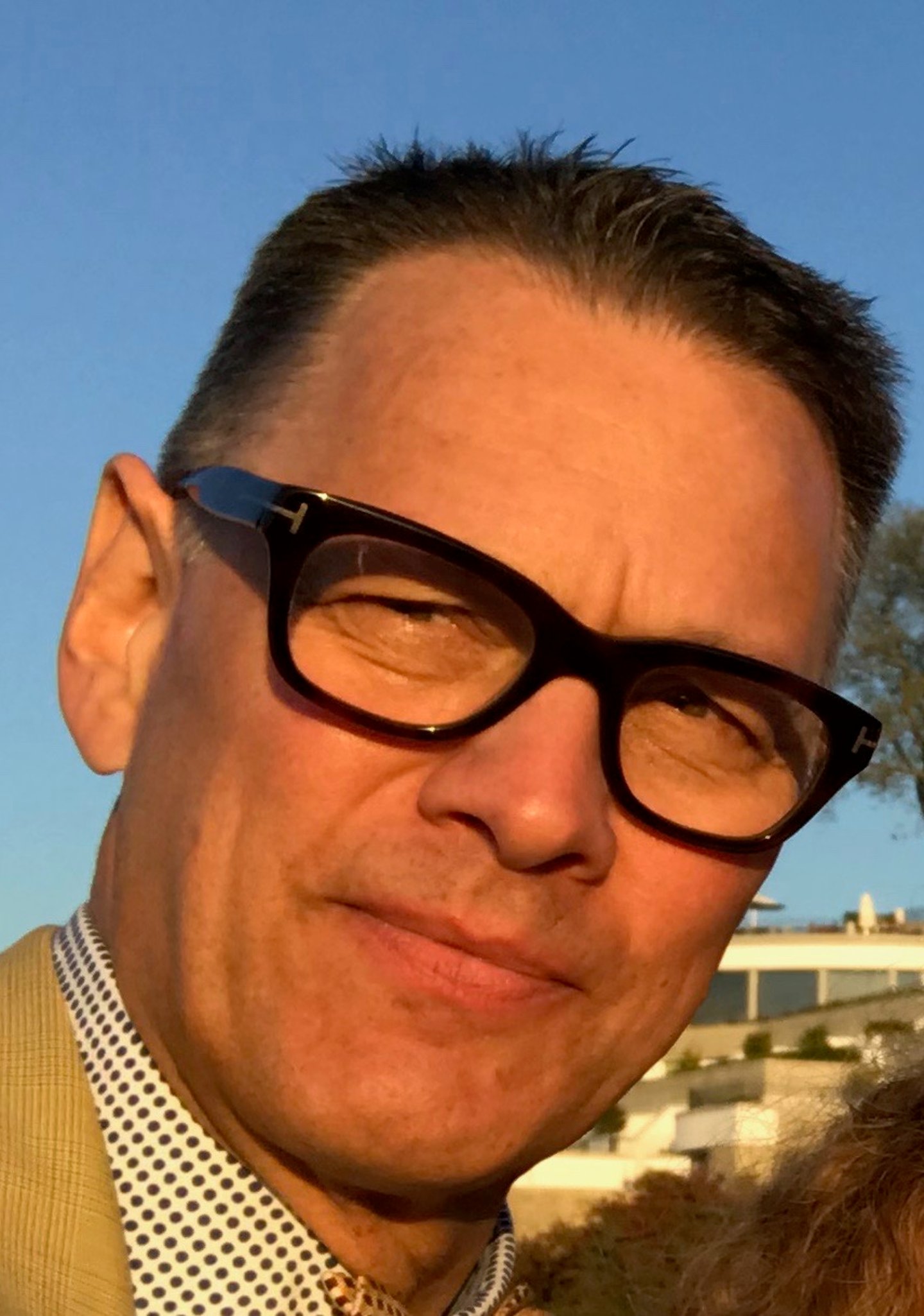Leaving family med: Filling a community need in diabetic wound care
‘The gratification that one gets when you are able to save a person’s limb, that’s pretty big . . .. That kind of a win doesn’t occur too often in family medicine.’
9/26/2025


Dr. Perry Mayer
For Dr. Perry Mayer, family medicine was his lifelong passion.
For the first 10 years of his career, he had a family practice in Kingston, Ont. with a panel of around 4,000 patients. But in 2003, after his wife got a job in Hamilton, Ont., he found his new community needed a different specialty—for which he was already qualified.
“I love family medicine. I loved it when I did it, and it killed me to give it up,” he said. “As far as a profession in medicine, it’s one of the best one of the best specialties to be part of.”
Initially upon moving to Hamilton, he had been headhunted to run a medical centre. He had that role for two-and-a-half years before buying a building and setting up the Mayer Institute—a clinic dedicated to treating diabetic foot and ankle wounds.
“Why didn’t I go into back into family medicine? I felt I could do a better job doing this as a specialty,” Dr. Mayer said.
Dr. Mayer had some experience doing wound care, having taken electives in podiatry during his residency. In his first year of practice, he spent some time in Moose Factory in the far north of Ontario with a family friend who ran wound clinics for the hospital there.
“I saw the excitement in doing wound care. So, I wanted to do that when I got back to Kingston,” he said.
While he was practicing in Kingston, Dr. Mayer ran a wound practice in parallel with his family practice. However, he said running a diabetic wound clinic alongside a family practice would have been too incompatible.
“I understood the real lack of high-quality wound care, not just here in Hamilton, but in Ontario in general. And I felt that we couldn’t marry the family practice principles with a diabetic wound clinic,” he explained.
“Diabetic wound care is not like a one-off. It’s a lifetime thing. So, somebody who comes in with a diabetic wound is at high risk for the rest of their lives, and they need this high-level care for the rest of their lives. I felt that there was a need for it. I think I had a good business model for it.”
Unlike for some, the stressors of family medicine were not a factor in Dr. Mayer’s decision to leave. In fact, compared to his previous line of work, Dr. Mayer describes says the stress level in his diabetic wound care practice is much higher and opines that too many family doctors are “losing their enthusiasm for anything that family medicine had to offer.”
“They complained constantly about everything. About not enough money, too many forms, patients demands, et cetera, et cetera. And that’s not the way I think,” he said. “I really felt that I could do something better for a really needy population.”
Dr. Mayer also notes that he experiences “many more wins” in his current practice than he did when he was a family doctor.
“The acuity is extremely high. . . . We’re seeing limb-threatening wounds every single day,” he said. “The gratification that one gets when you are able to save a person’s limb, that’s pretty big . . .. That kind of a win doesn’t occur too often in family medicine.”